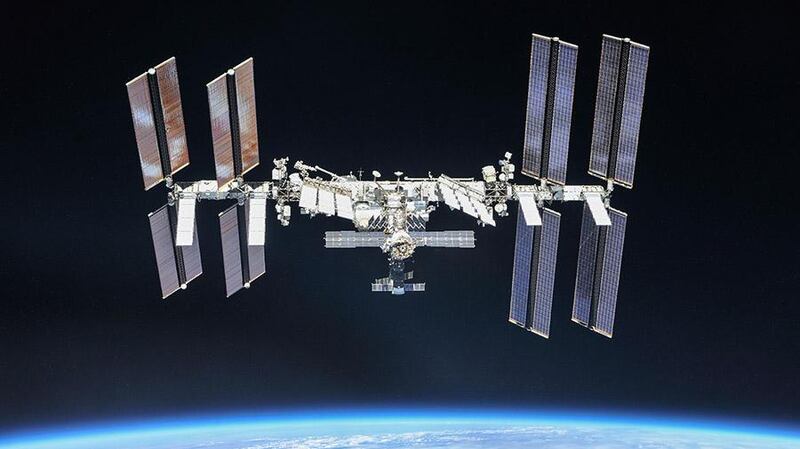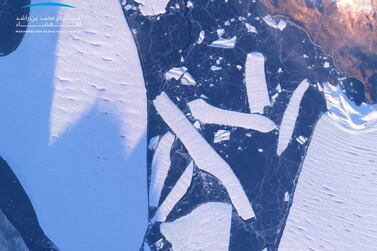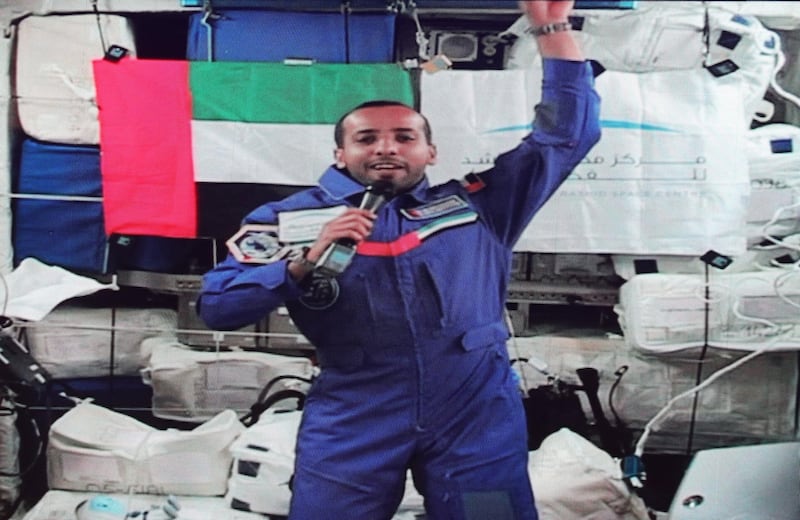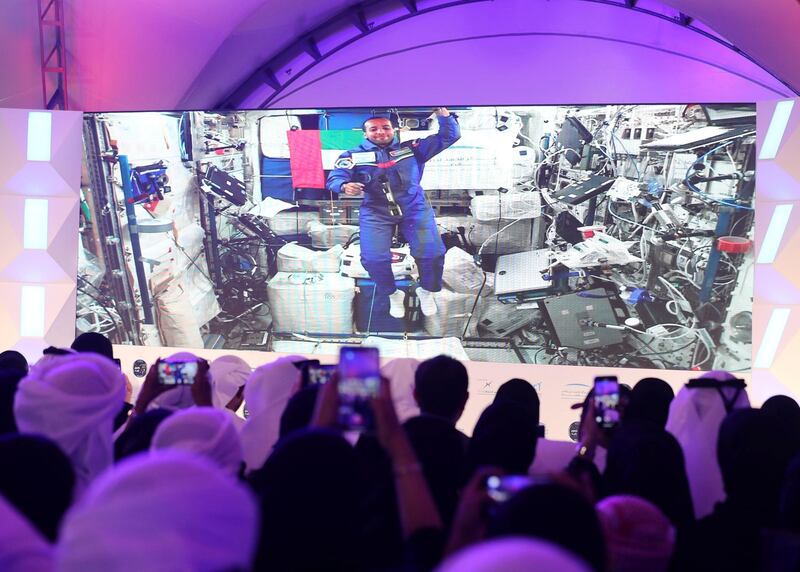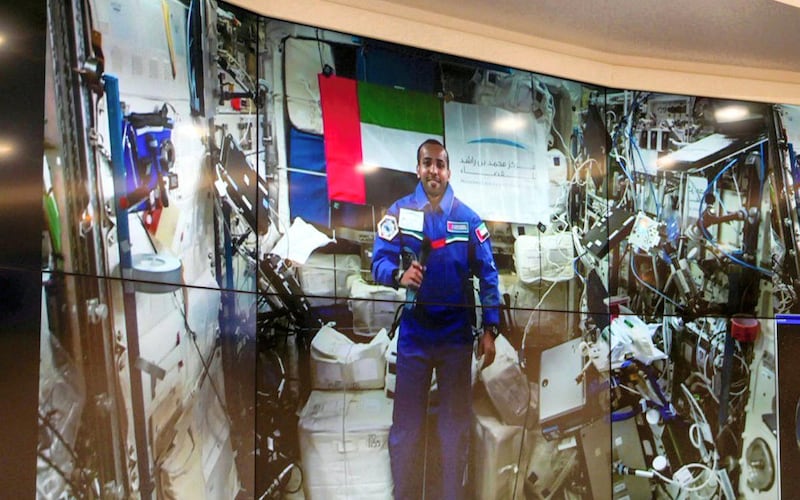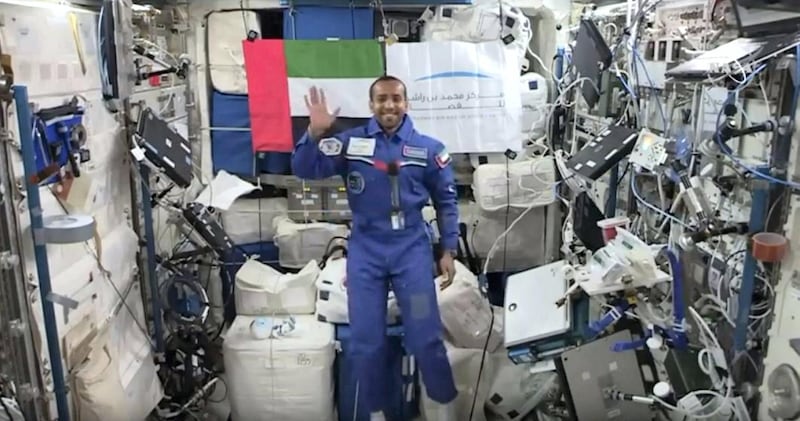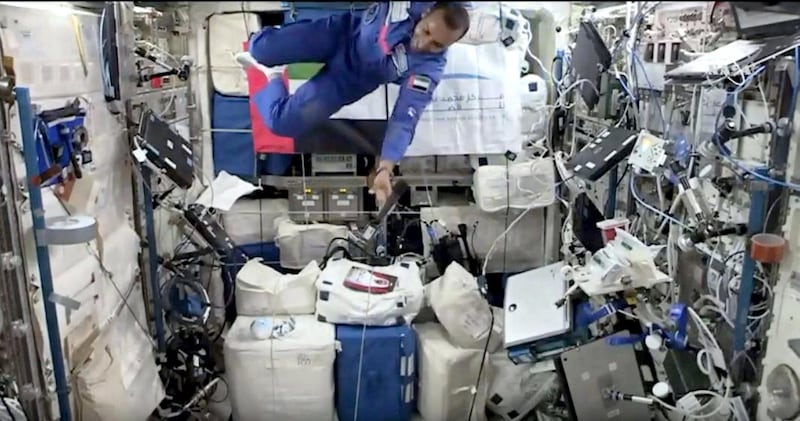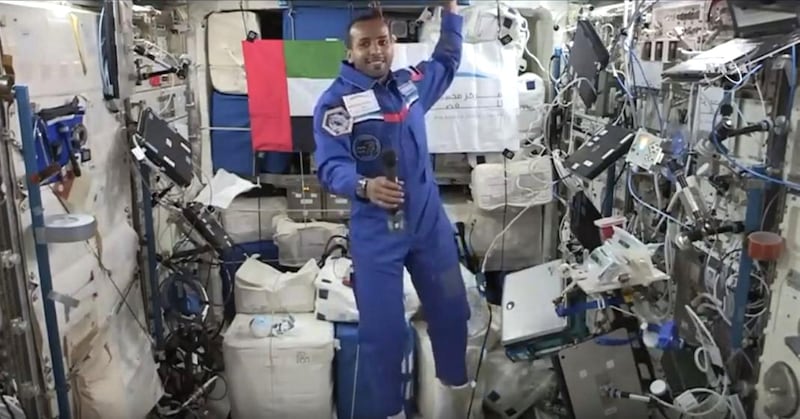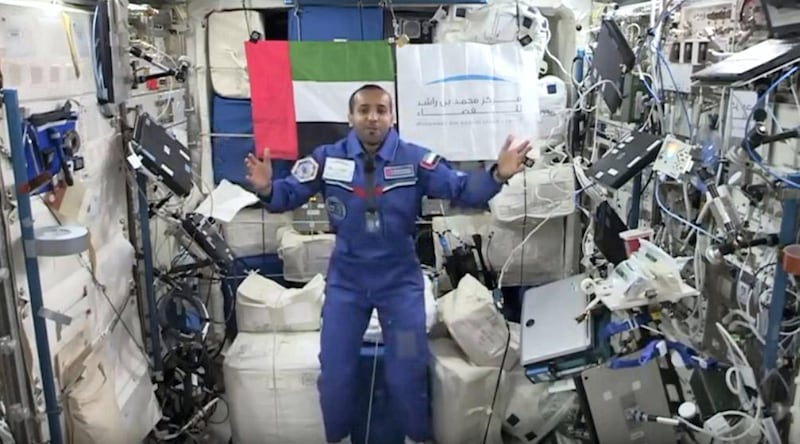The International Space Station carried out an emergency manoeuvre to avoid a potential collision with a piece of a Japanese rocket.
American and Russian flight controllers fired up the station's huge thrusters on Tuesday to steer clear of the remains of a Mitsubishi H-IIA.
Three astronauts on board clambered into the Russian half of the station, close to the Soyuz MS-16 spacecraft, which could be used as an escape pod, as a precaution.
The rocket debris would have come within 1.4 kilometres of the station – extremely close in space terms – had the station not moved.
The debris object that ISS avoided is now available on SpaceTrack as 2018-084CQ, 46477, from the breakup of Japan's H-2A F40 rocket stage. At 2221:07 UTC it passed within a few km of ISS at a relative velocity of 14 6 km/s, 422 km over the Pitcairn Is in the S Pacific pic.twitter.com/2T3yFQoFMT
— Jonathan McDowell (@planet4589) September 22, 2020
"The manoeuvre raised the station's orbit out of the predicted path of the debris, which was estimated to come within 1.39 kilometres of the station," Nasa said.
“Once the avoidance manoeuvre was completed, the crew reopened hatches between the US and Russian segments and resumed their regular activities.”
American astronaut Chris Cassidy and Russian cosmonauts Anatoly Ivanishin and Ivan Vagner are on board the station and are safe, Nasa said.
Flight controllers used the station's thrusters to carry out a 150-second reboost to avoid a possible collision with the space debris.
Jonathan McDowell of the Harvard-Smithsonian Centre for Astrophysics identified the space junk as a leftover piece of the H-IIA Flight 40 rocket that was launched in 2018, carrying a Japanese GOSat-2 satellite and the UAE’s KhalifaSat.
Experts have often issued warnings about the dangerous amounts of space junk floating in the Earth's orbit.
It is estimated that there are more than 500,000 pieces of debris, much of it leftover pieces of satellites and rockets, floating around the planet.
When they do not decay or fall back and burn up in the atmosphere, they remain in and can pose a threat to spacecraft.
